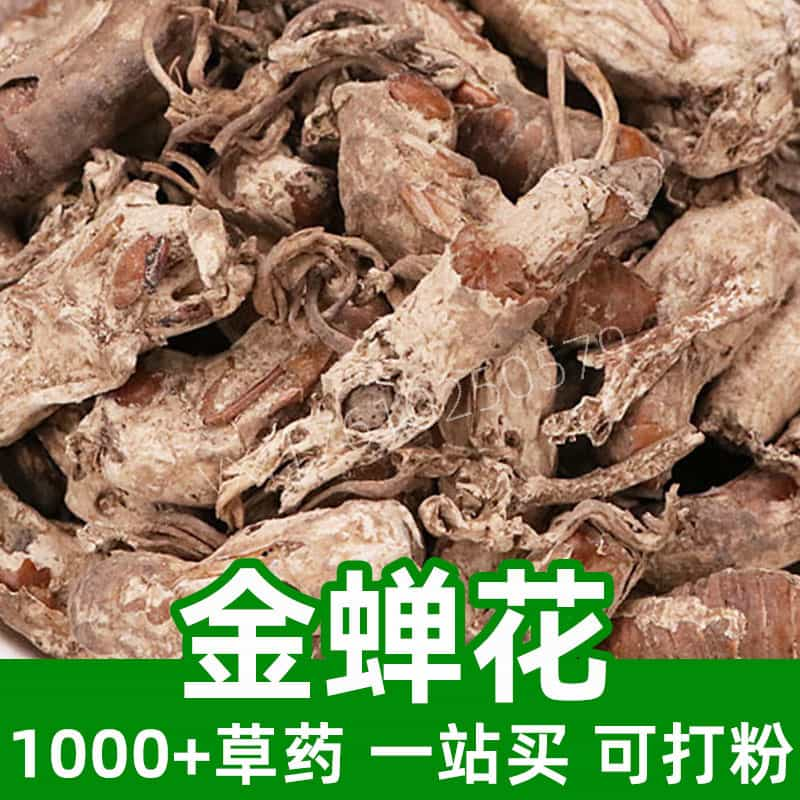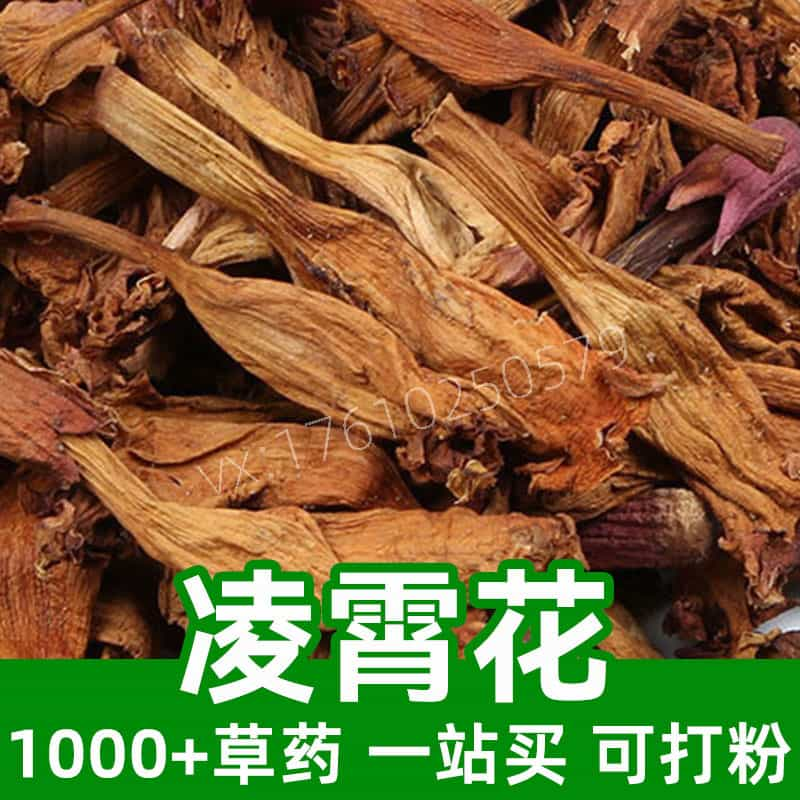Cassia Twig Product Introduction
Cassia twig is a commonly used TCM herb obtained from the branches of the cassia tree. Its key components include cinnamyl alcohol, cinnamic acid, and methyl cinnamate. In TCM, cassia twig is widely applied to treat wind-cold colds, joint pain, phlegm-dampness, and gastrointestinal issues. It promotes warmth in the body, supports blood circulation, and soothes the muscles and joints. Cassia twig has a warm nature and pungent-sweet flavor, linked to the heart, kidney, and spleen meridians.
Main Active Ingredients in Cassia Twig
Cassia twig contains active compounds such as cinnamyl alcohol, cinnamic acid, and methyl cinnamate.
- Cinnamyl Alcohol:
- A primary active component with warming properties.
- Promotes blood circulation and relieves joint pain and muscle aches caused by cold conditions.
- Cinnamic Acid:
- Supports warming the middle and dispersing cold.
- Enhances digestive system function, alleviating gastrointestinal discomfort and indigestion.
- Methyl Cinnamate:
- Offers antibacterial and anti-inflammatory benefits.
- Helps protect against microbial infections and reduces inflammation, aiding in the treatment of infectious diseases.
These ingredients collectively provide warming, circulation-promoting, digestive-regulating, and antimicrobial effects, making cassia twig effective for treating wind-cold colds, joint pain, and digestive issues.
Applications and Dosage of Cassia Twig
Cassia twig finds extensive use in TCM and the food industry.
- In Traditional Chinese Medicine:
- Cold Relief: Effective for wind-cold colds presenting with alternating chills and fever, general discomfort, and headaches. Use cassia twig decoctions or granules, typically 3–6g per dose, 2–3 times daily.
- Joint and Muscle Pain: Alleviates symptoms like rheumatic arthritis. Commonly used as cassia twig decoction or combined with aconite (e.g., cassia twig and aconite decoction), 5–10g per dose, 2–3 times daily.
- Digestive Regulation: Useful for indigestion, stomach pain, and diarrhea. Popular in formulas like cassia twig and peony decoction or cassia twig with dragon bone and oyster shell decoction, 5–10g per dose, 2–3 times daily.
- In Food Applications:
- Flavoring: Cassia twig enhances the aroma and taste of soups, stews, and porridges. Use 1–3g per recipe, adjusting for preference.
- Food Processing: Ground cassia twig is utilized in baked goods like cookies and cakes or infused in beverages like cassia tea and wine.
Dosage and preparation vary based on the intended use, personal taste, and specific symptoms.
Cassia Tree Overview: Plant, Distribution, and Habitat
Plant Information:
- Common Name: Cassia Twig
- Scientific Name: Cinnamomum cassia
- Other Names: Cassia bark, cinnamon twig
- Family: Lauraceae
Distribution:
Native to tropical and subtropical Asia, cassia trees thrive in regions like China, Vietnam, India, and Sri Lanka. In China, they are predominantly found in southern provinces like Guangdong, Guangxi, Fujian, and Yunnan.
Habitat Requirements:
- Climate: Prefers warm, humid environments, thriving in temperatures between 20–30°C.
- Soil: Grows best in loose, fertile, well-drained soils with a pH of 5.5–7.5.
- Sunlight: Requires abundant sunlight for optimal growth.
Growth Characteristics:
- Evergreen trees reaching heights of 10–15 meters, with a broad canopy and dense foliage.
- The bark is thick and grayish-brown, containing aromatic compounds.
- Leaves are leathery, elliptic, and deep green.
Growth Cycle:
- Trees are typically harvested for the first time after 5–10 years, with peak growth during spring and summer.
Harvesting, Processing, and Storage of Cassia Twig
Harvesting:
- Timing: Best harvested in spring or autumn when the tree’s active compounds are most concentrated.
- Method: Gently peel bark from healthy trees using appropriate tools to avoid damage.
Processing:
- Initial Treatment: Clean and dry the bark through sun-drying or shade-drying methods.
- Techniques: Employ drying, steaming, or slicing to retain quality and medicinal components.
Storage:
- Store in a ventilated, dry area, away from direct sunlight and moisture.
- Use sealed containers like bags or jars to prevent dampness and pest infestation.
Preservation Tips:
- Ensure the storage environment remains dry to avoid mold.
- Use within a year for optimal potency.
Proper handling ensures cassia twig retains its therapeutic and aromatic qualities for applications in TCM and the food industry.
Monica Sun is a seasoned expert in the natural raw materials industry, with over a decade of experience specializing in traditional Chinese medicinal herbs, spices, and fungi. She is skilled in the sourcing, processing, and application of these materials, emphasizing sustainability and innovation. Monica Sun has contributed to the development of high-quality natural raw materials that serve as essential components in functional foods, pharmaceuticals, and cosmetics, delivering tailored solutions to meet diverse market needs.













